Shock, dismay, joy, and envy. These emotions have been running wild since Sigma announced their new 18-35mm f/1.8 DC HSM lens. It’s the first lens in our modern age to maintain that open of an aperture through a zoom range and it’s also equipped with auto focus. This type of innovation has been unheard of from Sigma until recently, but now it’s almost expected. The main question I wanted to answer about this lens was: “Is this lens for real, or relying too heavily on the hyped, somewhat gimmicky nature of that innovation?”
As a note, most images below have been downsampled by our content management system to allow for easy and fast loading, but this does affect image quality. Please click on images below to get the full resolution with proper color and contrast.
For starters, as many of your know, this is not a full frame lens. It is designed specifically for cameras with APS-C sensors, which means you can’t fit it on your 5D MKIII or D800. I personally think that though the full frame sensors are nice, their impact and necessity are generally overstated. Are they great? Absolutely. Are you a bad photographer if you don’t have one? That’s absurd.
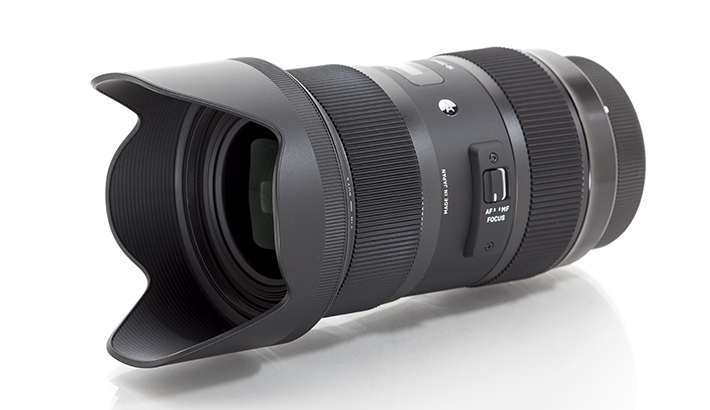
Once we get past the physical limitations of the lens, we can really start to appreciate its build. As I mentioned in my first look back in May, this lens is beautiful. It’s built just like the 35mm f/1.4, and that’s a good thing. It’s a gorgeous blend of metal and rubber with only a few plastic parts. At 1.78 pounds, the lens has heft, but it’s not what I would call heavy. It balances deftly between the two extremes of being too heavy and not feeling like it has a quality build. I hand-held the lens a lot (as opposed to using a tripod) and I have to say I never felt like it weighed too much, which was a fear given the size of the lens.
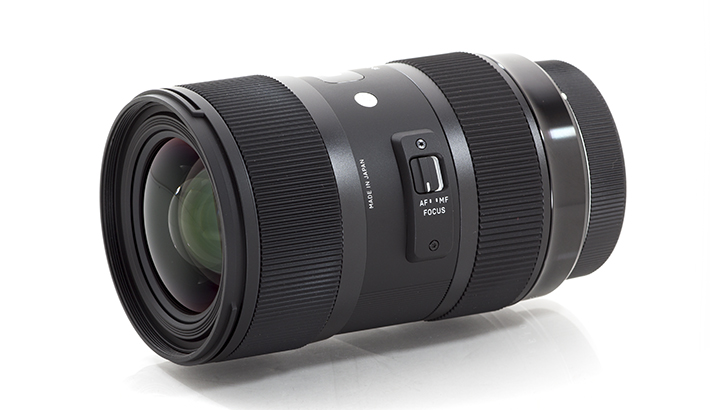
While on that note, the lens is rather large, especially for what many of you will be used to with this focal range. It’s a few inches longer than a comparable Canon 18-55mm or Nikon 18-35mm. The entire zoom range is internal, so it doesn’t change sizes on you.
Using this lens is very easy, and the autofocus works, of course, very well in daylight. It’s fast and, generally speaking, very accurate as all the new Sigma lenses have been. In one instance (as you can see below) I had an issue with it front-focusing, but this is easily remedied with the USB Dock and Sigma software (which are very easy to use).
At night, the lens is a bit less accurate, but it correctly focused (in nearly pure darkness) ten out of thirteen times. In a couple cases, it was just a little slow in finding a subject, by which I mean it took it about one and a half seconds instead of half a second. The performance is on par with what I have found with most good quality lenses on the market, third party or otherwise. No lens is going to hit every time in exigent circumstances, so I’m pretty satisfied with how the Sigma did here.
I had a weird issue with my lens and Sigma says that they haven’t seen this before: while in auto-focus, my camera did not beep to alert me that an image was in focus. As soon as I switched to manual focus, the camera beeped as usual. It only affected the lens while in auto-focus mode. I know many people turn the beep off to begin with, so it’s not going to be a big deal to them. The viewfinder still flashed red when an image was in focus, I just got no auditory alert.
I really loved the bokeh out of this lens. It's smooth and fluid, and makes the shallow depth of field really beautiful. Thumbs up here.
Chromatic aberration is extremely well controlled in this lens. It was here that I was probably most impressed. In studio situations, I saw no chromatic aberration at all, even wide open. I was ready to say that there was no CA present whatsoever until the last day of testing on location when I noticed a very slight purple fringe appear around a stitched logo on one of my bags.
This is the only time I saw any aberration, and here it is pretty inconsequential. I dare say the chroma control is better on this lens than on the 35mm f/1.4.

Flaring is decently controlled at most apertures, though you will see some issues arise when it is most open (between f/1.8 and 3.5). Be aware of this when backlighting with particularly bright light.
Many of you might have been swayed by images posted that were taken prior to the final release of the lens. I’m really not sure why Sigma gave the thumbs up to posting images because they 1) were not done with the final release of the lens and 2) if the images appeared soft (which they did), they could only hurt the general opinion of this lens. At best they could have looked good, but would that have made a major difference to users? I feel like it was an unnecessary risk.
I tested the sharpness of this lens in a number of situations, and found it to be pretty consistent and sharp at all focal lengths and apertures. Yes, it is most certainly sharpest between f/5.6 and f/7.1, with the best image quality at a wide angle produced at f/2.8. However, it still performs pretty well at f/1.8, just maybe not quite as good as many of us were hoping. It certainly is softer than the 35mm f/1.4, but is markedly better than any other variable focal length kit lens in this range that I have used.
Below are a sampling of images taken at 18mm testing sharpness at f/1.8, 2.8, 5.6, 7.1, 11 and 16.
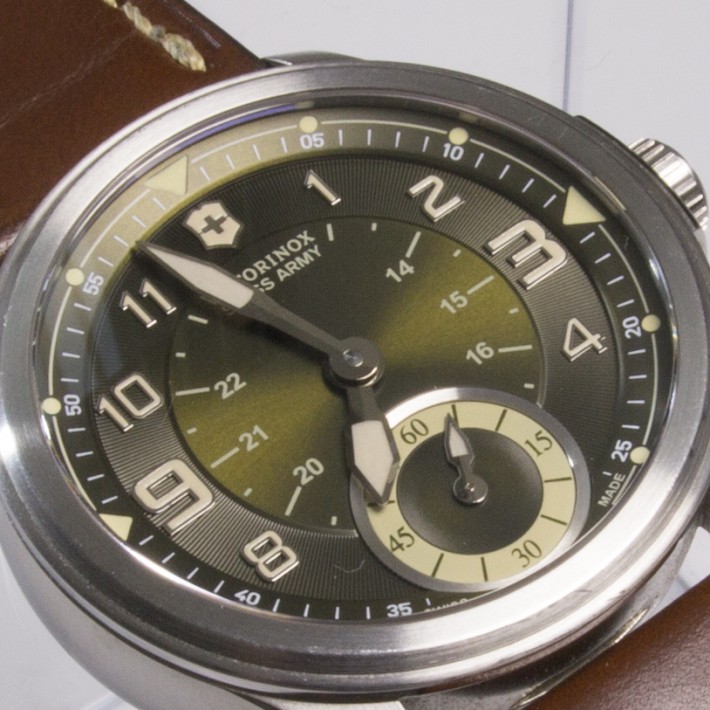
And further are samples taken at the exact same distance as the images above, but at focal length 35mm also at f/1.8, 2.8, 5.6, 7.1, 11 and 16.
You will notice that the 18mm images look a lot softer, and that has a lot to do with that wider focal length. We increased the angle of acceptance, therefore converging the lines of resolution, which now must fight for the few pixels that will accept their information. This equals less resolution. Below is an image where I increased the amount of space an image occupied in my frame, which gives another look at the sharpness at 18mm.
In shooting with the lens, I found that it shows a lot of detail, but most of the super fine detail is only visible at the sweet spot apertures between f/5.6 and 7.1-8. One of the great things about the 35mm f/1.4 was the super fine detail that just seemed to pop out of the lens at any aperture. Though the 18-35mm does perform admirably, it doesn’t really give us those amazing details that I personally am used to seeing with the top-of-the-line Sigma glass. I suspect micro ghosting is the culprit. This issue is made more complicated by the less sensitive and smaller APS-C sensor. It’s hard for me to really be able to judge the lens on its own merits because of the limitations of the sensor.


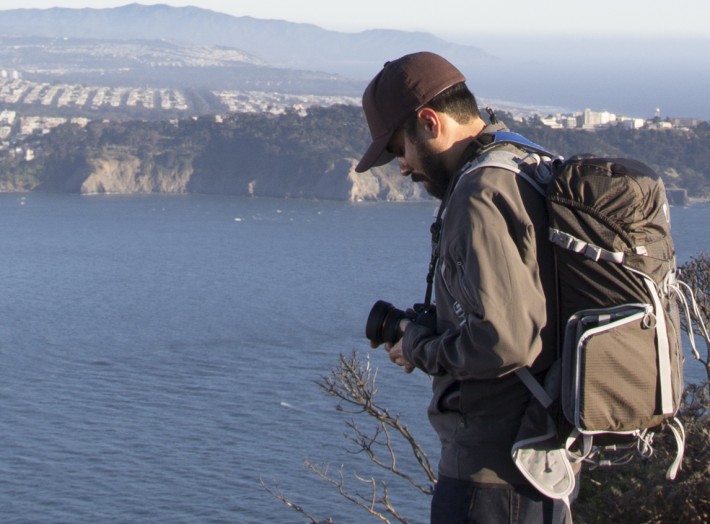
This situation, for me, keeps the lens under the glass ceiling that exists right above the “prosumer” level of equipment, and for this lens I think that’s perfectly acceptable. It’s not designed, I don’t think, to be pro glass. It’s designed to give those higher-end consumers a lens that looks great, shoots well, produces images vastly superior to competitors in the focal range and offers a uniquely wide-open aperture. For that, it easily stands out as a top contender for APS-C camera owners looking to get something far better than a kit lens at a focal range that usually screams “beginner.” I would recommend this lens over the Canon 18-55mm any day of the week.
I have a hard time deciding if this focal range is useful to a lot of photographers. I certainly appreciate the variable focal length with a constant aperture, but the difference between 18 and 35mm in a lot of situations isn’t all that much. 18mm, which translates closer to 27mm, isn’t super wide. 35mm is great (as it translates to around 52mm), but I could already own the 35mm f/1.4 if I wanted that. It’s just a sticky spot and though it has its uses, they are limited.
The price point is beyond solid, coming in under $800. For this aperture, that is a feat worth applauding.
What I liked:
Build quality
Wide-open, constant aperture
Quality sharpness
Great chromatic aberration control
Beautiful bokeh
Price Point
What could use improvement:
Can front focus (but fixable with USB Dock)
Micro ghosting at wide apertures
Flaring wide open
So is this lens a gimmick? No, it certainly isn’t. For Sigma’s first run at a previously never before seen lens concept, this is a rousing success. It may not be a home run, but it’s a solid line-drive double. There are thousands of photographers who will not only love the price point, but the return on that investment. The issues I experienced with the lens are from a very high level, high expectation standpoint. This is so far Sigma’s best APS-C only lens, and it’s the best by leaps and bounds.
The Sigma 18-35 f/1.8 DC HSM Art lens will be available July 31 for Nikon, Canon and Sigma mounts.
All images shot on a Canon 60D.


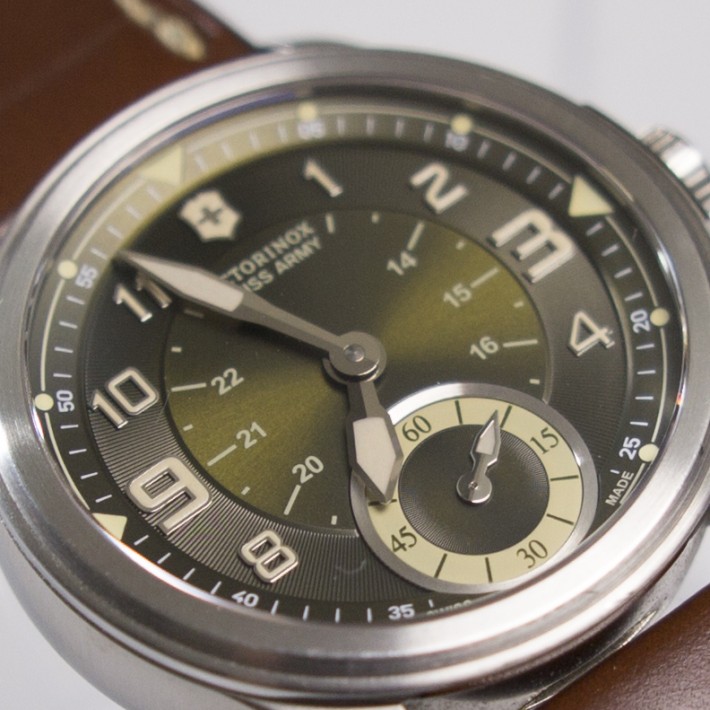




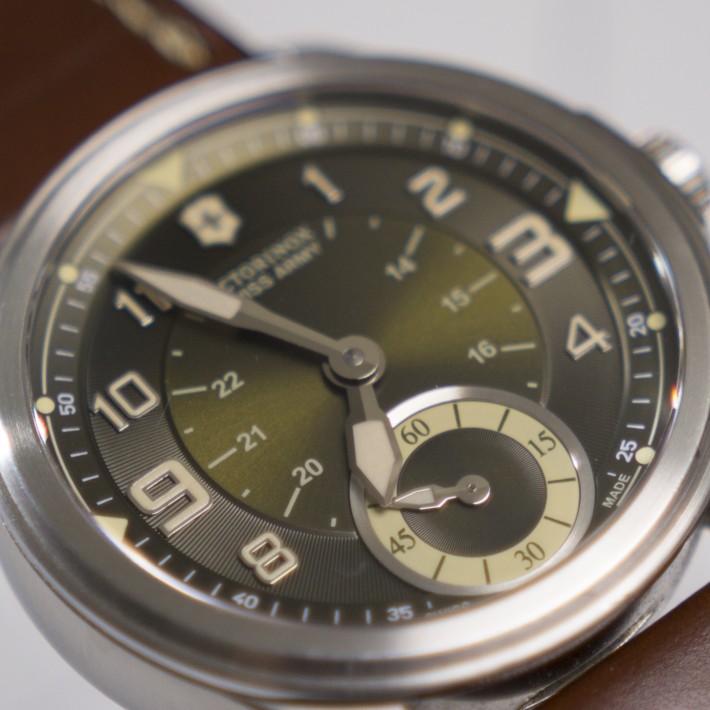



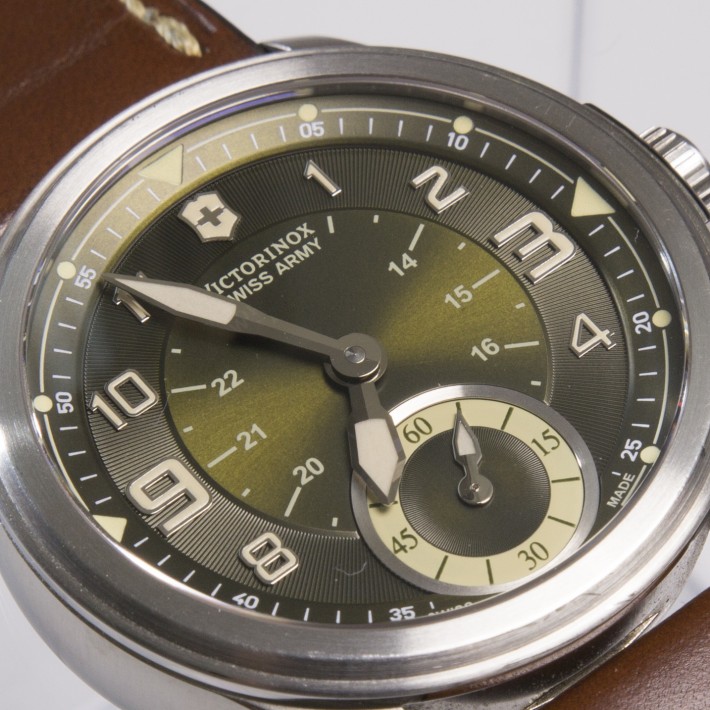

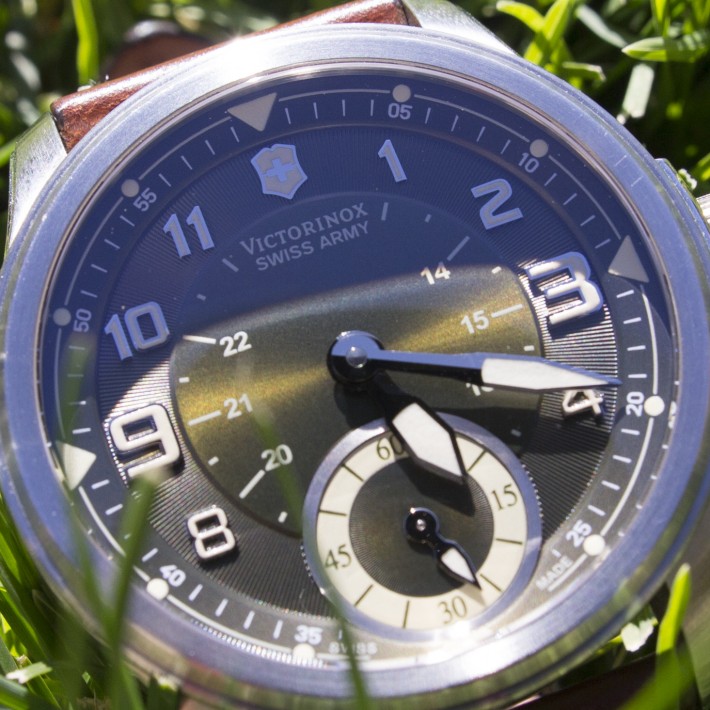










Wonder if this will mount on the 1D series... with the APS-H sensor. I'm able to fit some crop lenses on my 1D Mark IIN's.
It does! I tried it out at a recent expo on my 1D4 and I now ordered the lens which should arrive next week.
Check out this video (English subtitles!) as well: https://www.youtube.com/watch?v=QhLMGKnduQU